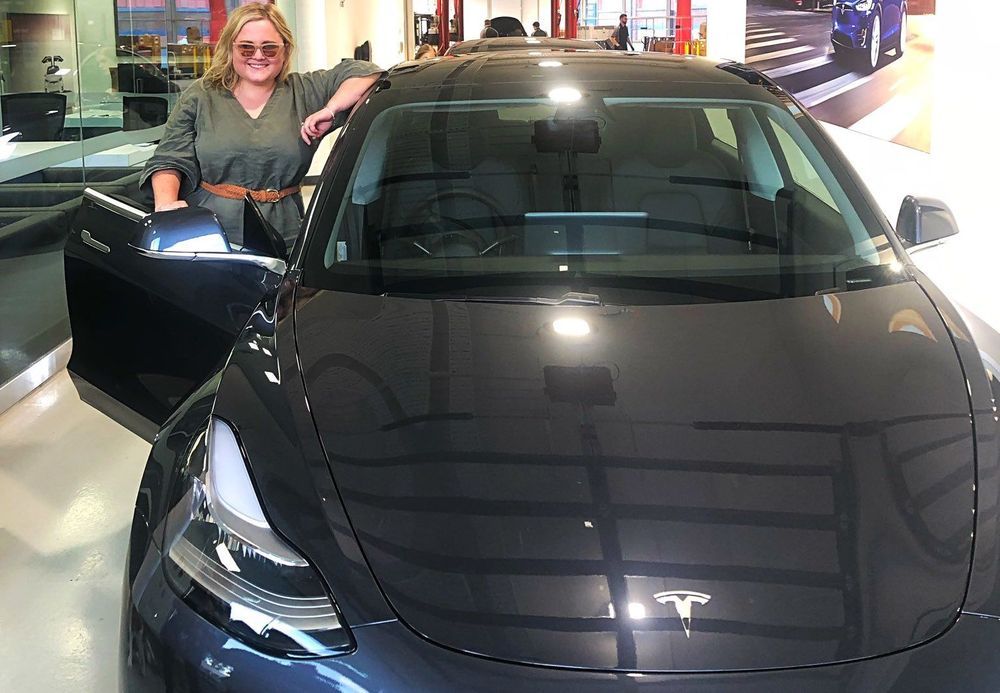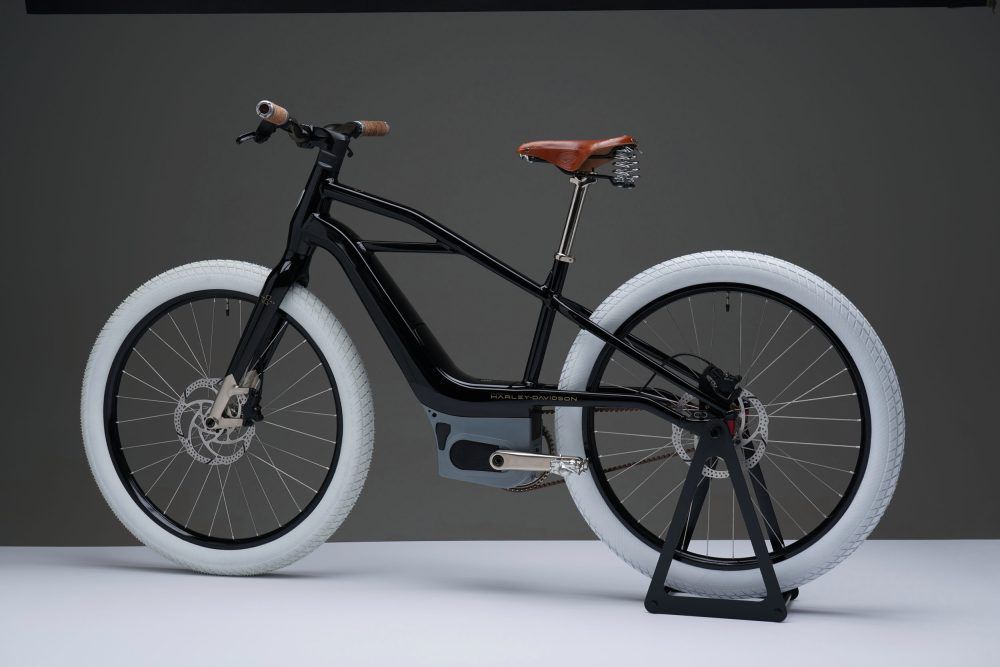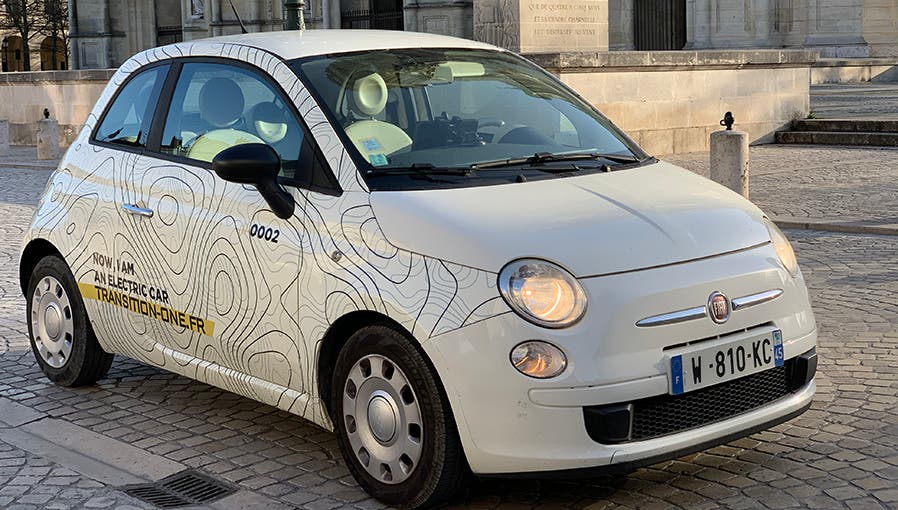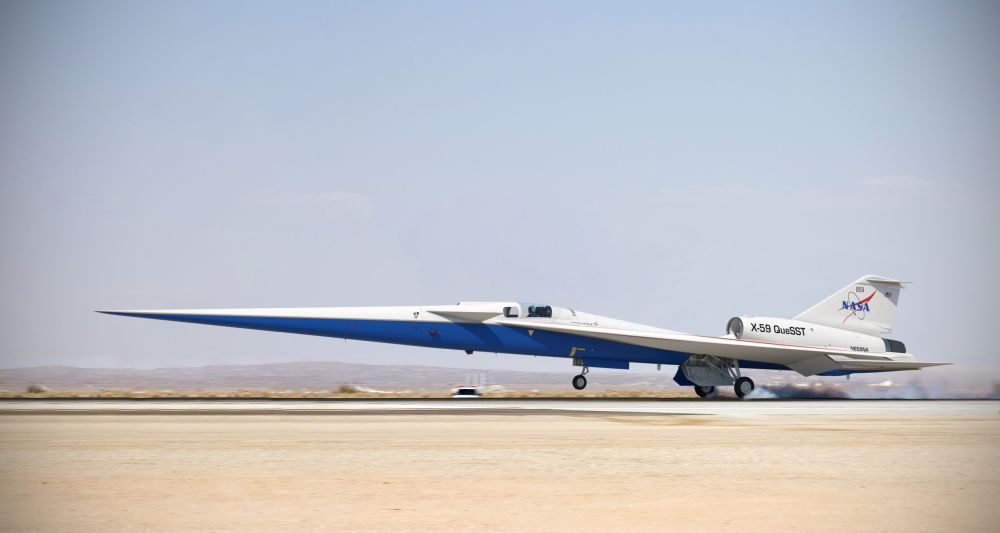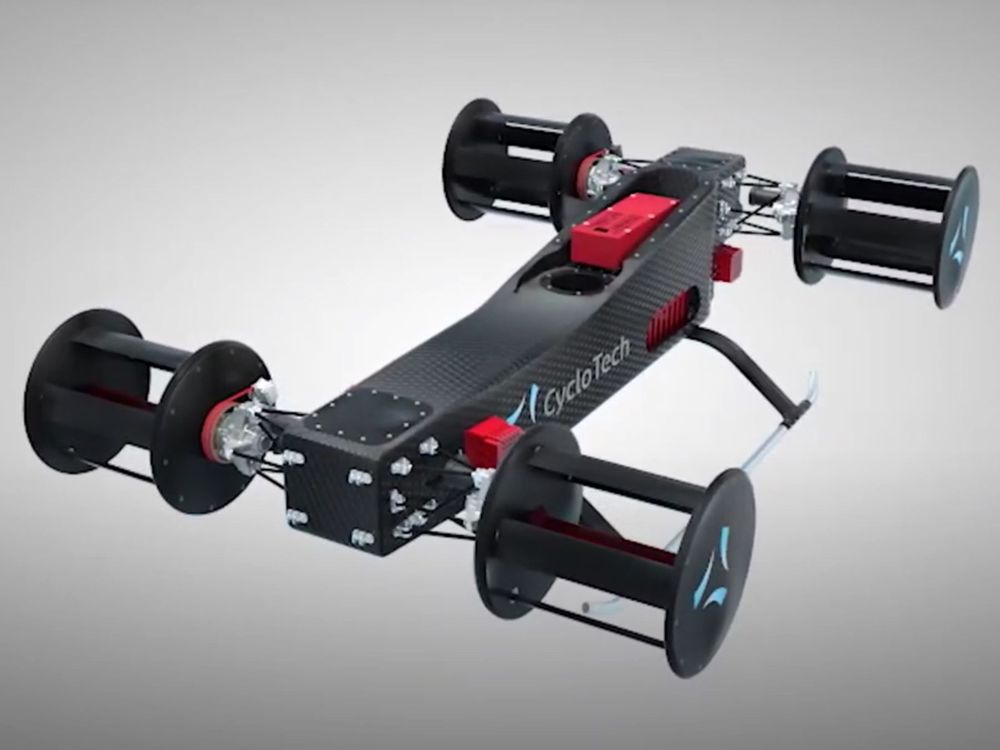Australian radio host Annabelle Brett, who works at Mix 1–6.3 Canberra, cleverly used her Tesla mobile app to mess with the two would-be thieves who attempted to steal her Model 3.
The theft attempt started when the radio host received notifications on her phone early one morning stating that her Model 3’s alarm was triggered. After receiving the notifications, Brett went to her locked garage where she had parked her Model 3 and discovered it was missing.
Unfortunately for the would-be thieves, Brett’s Model 3 is equipped with safety features like Sentry Mode, which continuously monitors a Tesla’s surroundings when it is left unattended. Through these features, footage from the car’s suite of cameras could be retrieved.
